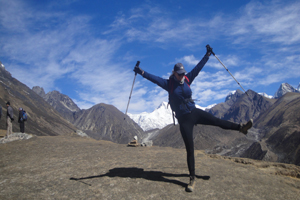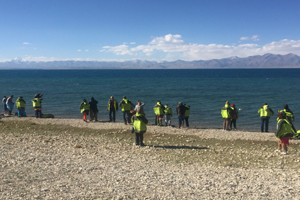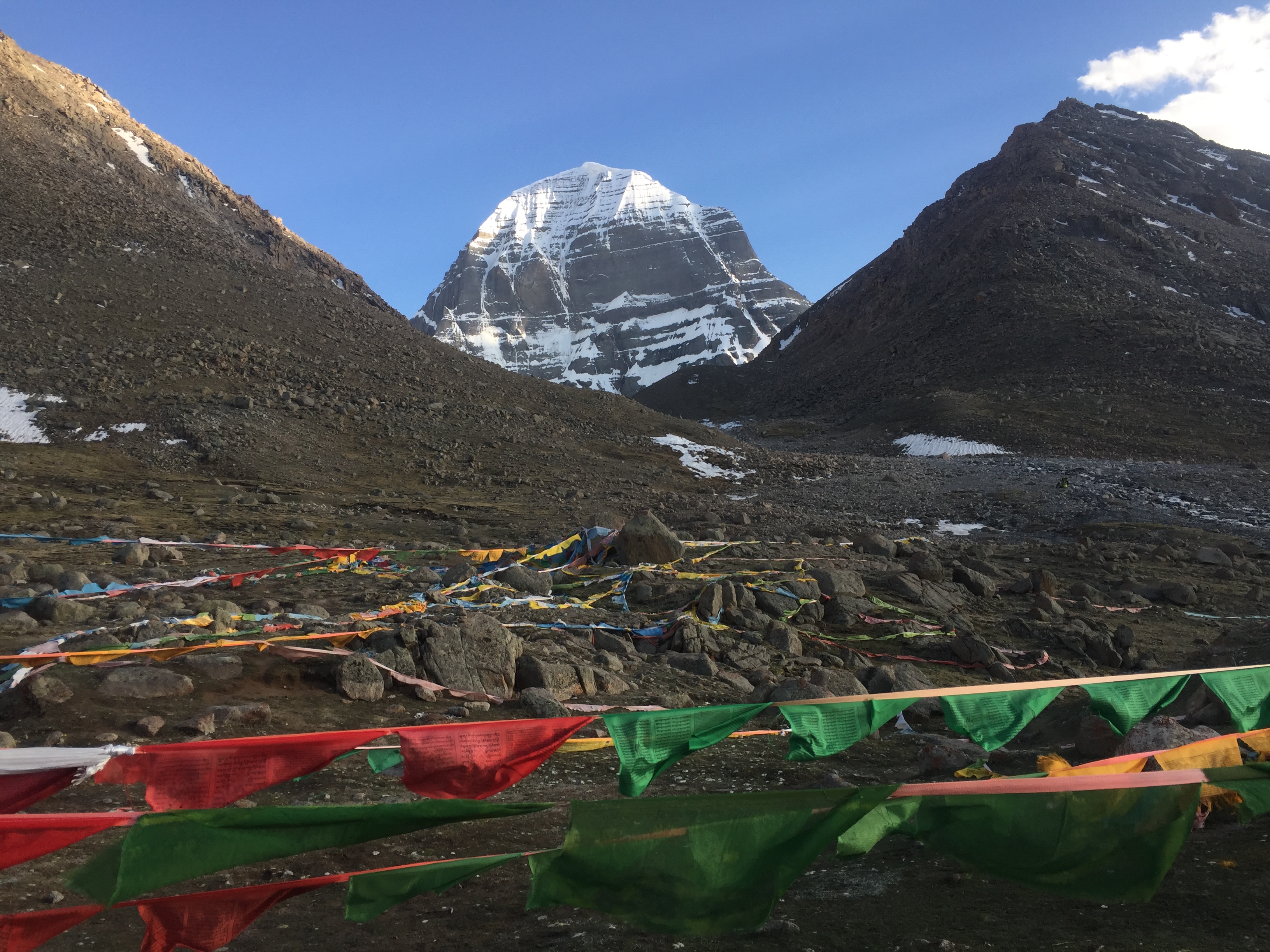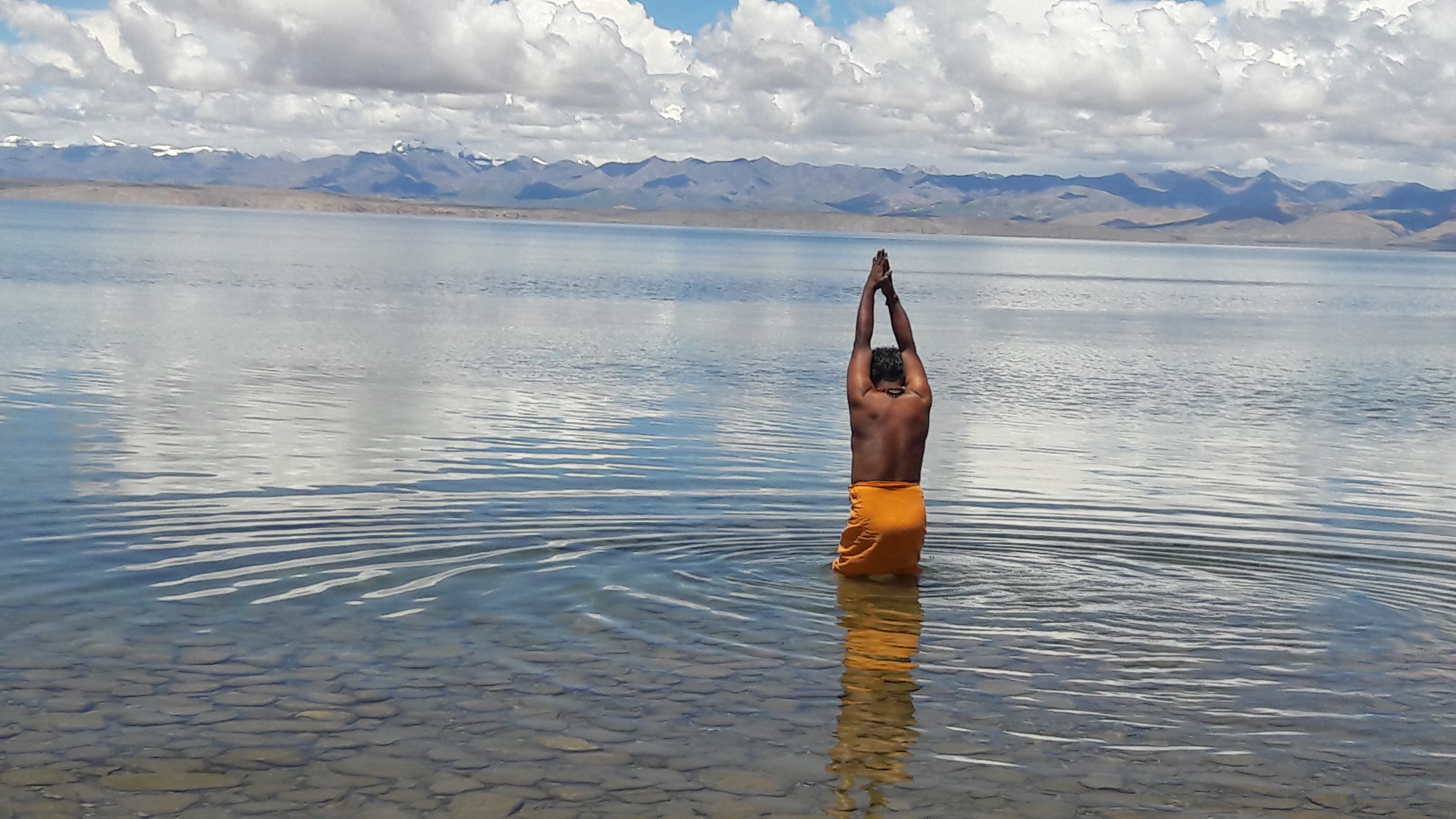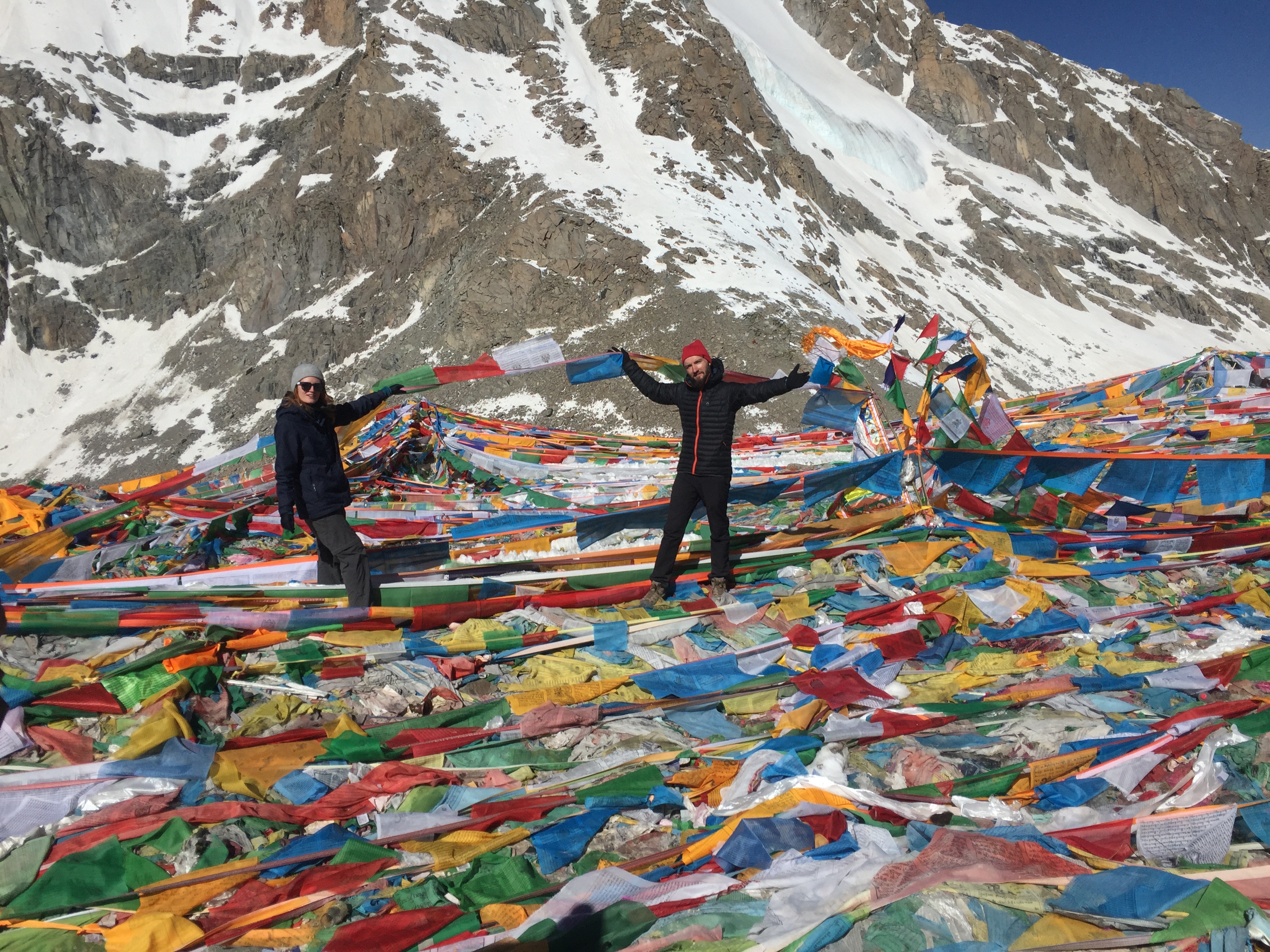How many of us have already heard of Visit Nepal 2020? Probably, most of us have. No worries! If you have not heard yet, then this is the right blog for you.
The Tourism Board of Nepal, Nepal Tourism Board, has prepared/launched for the ‘Visit Nepal 2020’ campaign which aims to attract more than 2 million tourists to the “roof of the world”.
Since the heart-wrenching earthquake of 2015, Nepal has effortlessly repaired and rebuilt monuments, roads, accommodation, and other infrastructures. Tourism fraternity is now back to the pre-earthquake scene. Nepal has been listed frequently among the most popular tourist destinations and the number one best value destination in the world in a few international media.
If Nepal has made an entry on your bucket list, or you have been planning to return, Visit Nepal 2020 beckons you all.
Significant attractions of Visit Nepal 2020
1) Trek towards the highest altitude lake: Tilicho
Located at an altitude of 4,949 m above sea level is Tilicho Lake, which is the world’s highest-altitude lake in the Manang district of Nepal. In an honest note, getting there might be tough as we have to trek along with the landslides affected area but once we make it to the lake, one may not want to leave with the breathtaking view and stunning blue lake.
From the capital Kathmandu, it takes a minimum of 5 days trip to reach to Tilicho Lake or more than two weeks if you want it a bit slower. You can also rent and ride a motorbike yourself or 4 wheeler or simply trek as a backpacker. From Pokhara and Jomsom, we can easily reach Tilicho within 2 to 3 days.
2) Mountain Biking on the off-the-beaten trails
Even though most people seem to be unaware of mountain biking sport in Nepal, it is the fastest-growing game in the country. You can undergo great single track and/or multi-day adventures throughout the Himalayas. Playing hide and seek with mountains, gorges, and hills is a bonus for every cyclist in Nepal. Many astonishing trails make it possible to do MTB in just about any part of the country. It is recommended widely that Annapurna Circuit which is best which is generally done in April/May or in October/November, second Upper Mustang which presents unique desert landscape and Tibetan culture. Mustang is the windy wonderland which also represents the rain-shade area and is the paradigm of the trans-Himalayan region. The geographical isolation of Mustang is the boon for it and hence offers more off the beaten path experience than the previous route.
Lastly, Pikey Peak which starts from your base at Salleri, the entrance to the Everest region. It is a freshly opened route for trekking and biking. Grab the moment and make it to Pikey Peak before the tourism hits.
Talking about the peripheral tracks in and around Kathmandu, Nagarkot also stands in the list. Shredding in the jungle of Nagarkot thrills any soul on the Earth.
3) Birthplace of Lord Buddha
Do you know one thing? Lord Buddha’s statues we see everywhere in the world, is of a real person named Siddhartha Gautam. His real name, Siddhartha Gautam was later on changed to Gautam Buddha. Buddha, the preacher of Buddhism, was born as a prince who gave up everything including himself, wife and son to seek a peaceful state of mind life and more.
So, the place where Buddha had stepped his first movers on this Earth is called Lumbini and it is popular not only in Nepal but also in the world. Every year legions of pilgrims flock here to worship, meditate and learn at the site.
4) Mount Everest: The roof of the world
It’s well known that Nepal is an abode to the highest, Mount Everest. And if that is not enough, Nepal hosts 8 tallest mountains among 14 in the world, which are above 8000m. Trekking in Nepal is a wish-list list for many. Especially conquering Mount Everest or even just Everest Base Camp Trek (EBC) is a dream come true trail for many adventure seekers and walking enthusiasts. Base camp trekking can be done easily within weeks if everything goes to plan. We should be careful about the altitude sickness, our fitness level and getting a guide or porter is highly recommended. However, if you are more of a DIY kind of person, SOLO travel is also recommended.
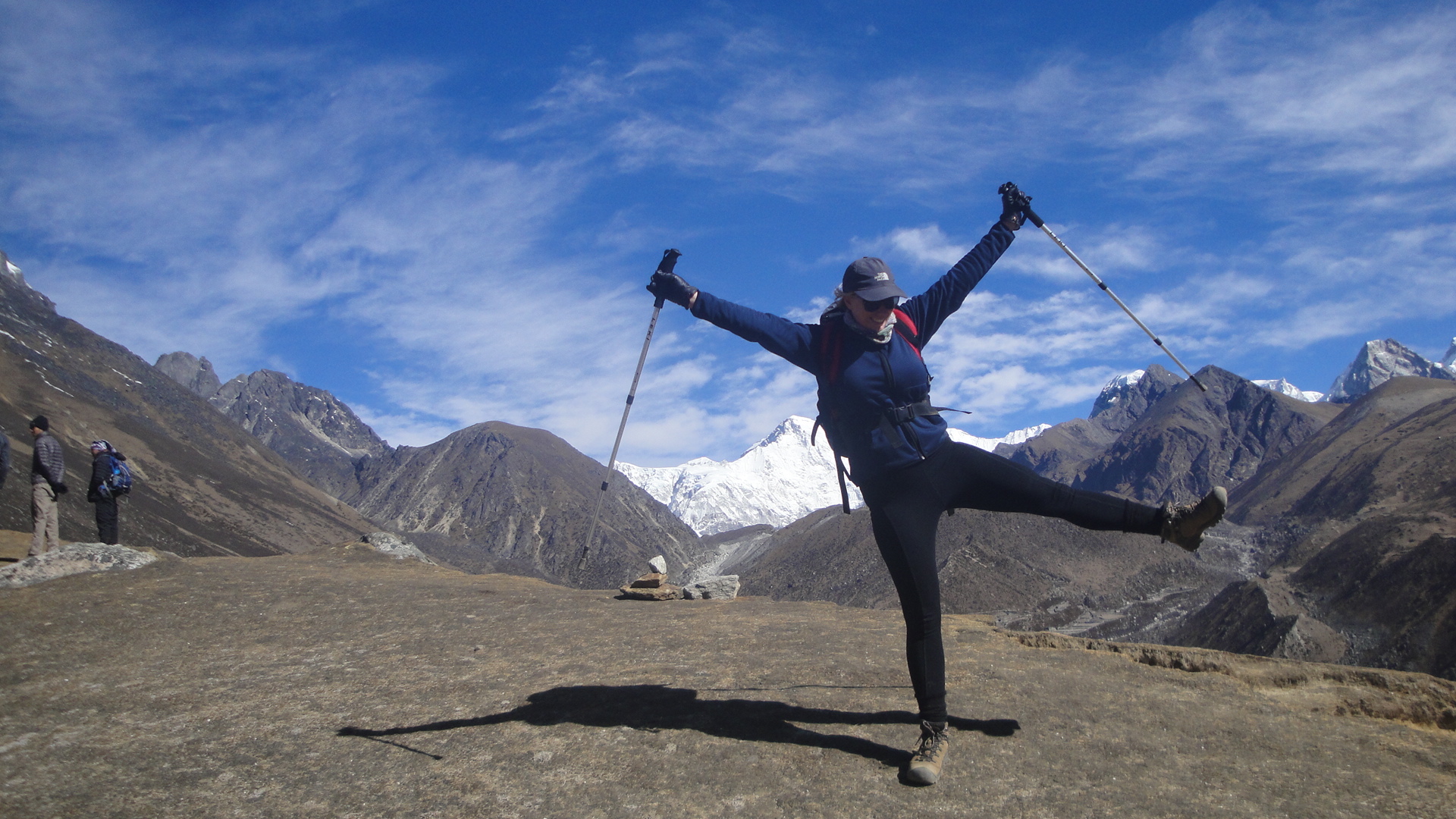
Thinking what else to witness in and around the Everest Base camp region? We normally recommend Tenzing Hillary Airport (one of the world’s dangerous airports), Lukla markets, Namche Bazaar, Monastery in Tengboche, Sherpa culture, Peak Climbing, Everest Base Camp area itself mainly the expedition site, and Kala Patthar, the most astonishing vantage point of entire EBC region which is widely famous for that once in lifetime experience featuring sunrise and sunsets views with sick landscape.
5) White Water Rafting Adventure
Nepal is the second richest nation in the world when talking about water resources. Hence one of the most sought-after places for rafting and kayaking.
When it comes to drifting in Nepal, aqua enthusiasts can choose from Bhote Koshi (1 – 2 days), Trishuli River (2 up to 3 days of rafting/kayaking), Seti Khola (up to 2-3 days of rafting trip), Kali Gandaki River (3 days rafting trip), and Marshyandi River (Max. 2 days rafting/kayaking trip), Arun River (9 days rafting adventure combining with trek), Karnali River (10 days whitewater rafting and kayaking), Kaligandaki River of nearly 3 days, Sun Koshi River (more than a week of rafting trip) and Tamor River (11 to 12 days of water fun and adventure combining with as short trek). Few of the travel agencies may have different offers too. Rafting trips vary from easy, medium to difficult. During your aqua journey, you will also get the chance to relax in bug-free beaches along with your campsites. The thrill of rafting in wild Nepali rivers, flowing rapidly, is exciting and is something you will cherish forever.
6) Wildlife Safari | Bird Watching
Nepal is not just about mountains and high hills. You can change the scenery from the majestic mountains, wild rivers to the vast jungle and plains in the south. Enjoy tracing the tigers, rhinos, elephants, crocodiles and other wild animals in Chitwan National Park, Shuklaphanta National Park or Bardia National Park. Though, the latter is less heard of so, more off-the-beaten trails offering rugged experience. We recommend heading South of Nepal, especially between October and March.
If watching a bird is your cup of tea, Nepal is a bird watchers’ paradise. Or if you are a researcher and winged creatures are more of your thing, Nepal got you covered as well. Koshi Tappu Wildlife Reserve offers over 400 bird species and won’t disappoint anyone of us. We can spot various species of ducks, eagles, storks, geese, terns, lapwings, kingfishers and more. If you want to witness or meet the national bird of Nepal, Danphe [Lpohophorous], hike to 2500m to 3000m areas of Annapurnas, you will encounter them a few times.
7) UNESCO World Heritage Sites
There are 11 World Heritage Sites in Nepal. Seven of them are inside Kathmandu valley whereas four of them are Sagarmatha National Park ( Everest region), Chitwan National Park (wildlife area), Lumbini – the birthplace of Lord Buddha outside the valley. Inside Nepal also, Kathmandu valley is an eclectic source of present and past and it would be a good starting point to explore this beautiful country.
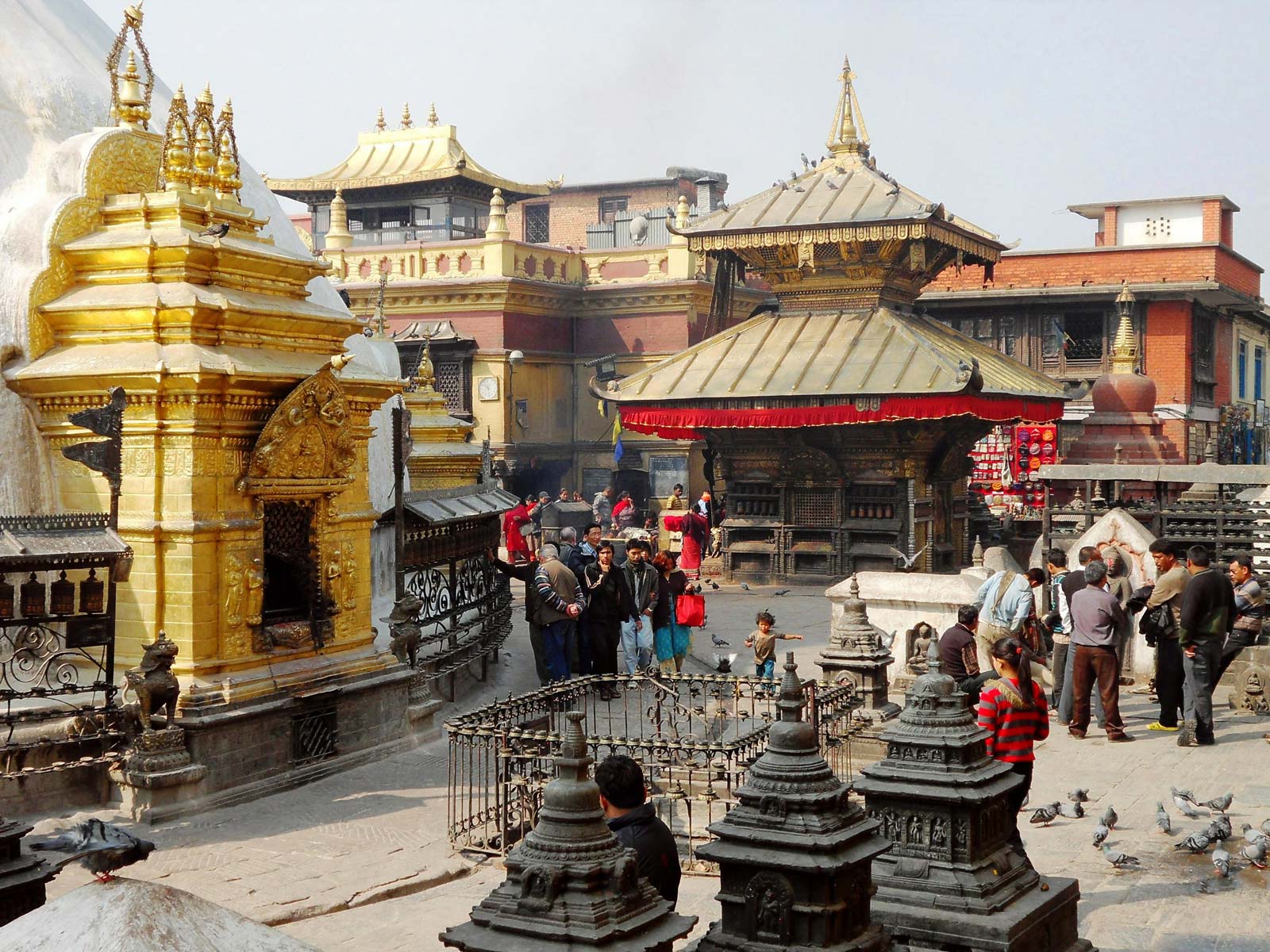
So, the remaining seven sites in Kathmandu are Kathmandu Durbar Square, Boudhanath, Patan Durbar Square, Bhaktapur Durbar Square, Swayambhunath (monkey temple), Pashupatinath, and Changunarayan. Even if your area of interest in out of the history or sites, these divine sites will make your trip worthwhile. So do yourself a favor and check them all.
8) Miscellaneous | Authentic Nepali Cuisines | Adventure Package
Stroll around the narrow alleys of the medial city, Kathmandu and relish upon the traditional Newari cuisines. Bara, Chhoila, Yomari, Mo: Mo dumplings are must-try foods in Nepal. When in the mountains, try yaks’ cheese and Dhido and Daal Bhaat.
As Nepal is gifted with hills, mountains, rivers, and plains there are dozens of adrenaline rush sports including from Bungee Jump to Mountain flights, canyoning, paragliding, kayaking and what not?
What is Visit Nepal 2020?
The government of Nepal had organized Visit Nepal Campaigns back in the year of 1998 and Nepal Tourism Year 2011, similarly, the Tourism Board of Nepal has introduced another tourism year, Visit Nepal 2020. It’s a visiting mission to Nepal with its prime motto as “Lifetime Experiences”, aiming to host as many as 2 million globetrotters and holidaymakers from all around the world.
Your contribution to #visitNepal2020 as a traveler:
As the campaign visit, Nepal is targeted to all l merrymakers and adventure-seekers from all around the world, indeed the tourists its main elements. As a wayfarer and well-wisher of this masterpiece of Nature, Nepal, your small steps or actions will have huge impacts on. Here I have mentioned a few things you can do to contribute to #visitNepal2020 as a normal person, as a wanderer, as a writer, blogger and who not! We everyone can do little support to make visitNepal2020, a grand.
1) Buying regionally crafted souvenirs
In Nepal, it’s common to export its unique and appealing handicrafts to its peripheral countries and the rest of the world since centuries ago. In the meantime, more than 100 ethnic groups with their original tradition and culture are living in Nepal. Wherever you stroll or hike in and around Nepal, you encounter street vendors selling or about to convince to sell eye-catching handicrafts such as carved wooden windows, singing bowls to a Tibetan prayers’ wheel. As a nomad, one can have these handicrafts from streets, souvenirs shops, supermarkets, and handicraft stores. Getting it from local street vendors who probably make less than USD 10 per day is not only a greater humanitarian gesture but also an immense contribution to the campaign visit Nepal 2020.
Hence, assisting local start-ups and projects is a good thing one can carry out during his/her good days for real. It’s not in the case of Nepal, everywhere in the universe, it does apply. We should buy the local products so that the trend or their small scale industries can sustain and hence last for a few more editions.
2) Good Words of Mouth
Well known that words of mouth referrals are the best ways of recommending something worthy. As a wayfarer or as a well-wisher, Nepal is in its developing phase, and just spreading a few good expression about Nepal after returning to your homeland, it will leave a positive image for this piece of heaven, Nepal.
Taken over by the world wide web, the world now, there are various other efficacious ways of publicizing in different platforms like blog writing, posting photos in several social sites, sharing photographs, and posting on social media. As a whole, word of mouth can be spread worldwide.
3) Eating in a Local Eatery
Nepal has prior rendezvous with international hotels, inns and restaurant chains like KFC and five stars hospitality hosts such Hyatt Regency, Soaltee and Hotel Annapurna. However, if you wish to savor upon a locally owned and managed Khajaghar[lunch house], it will be awesome. You are not only supporting locals but also you are paying to local producers such as farmers.
As Nepal has extensive choices of traditional cuisines to present to everyone representing every walks of life, one can simply wish to eat in this type of community-based food providers.
4) Hire Local Guides and Porters
Traveling SOLO is fun and traveling with our loved one is even more joyous. But, while traversing few new sights and places, the presence of local guides and porters is a bonus. It might help us with the knowledge and by maintaining our backpacks as well as extra stuff. On one side, you are getting helped and information. On the contrary side, this initiative also leads to the opportunity for jobs among Nepalese people who may not have any other forms of employment to support their families. Deep down, it’s not always the case of finance while hiring instead you get to know more about their dialects, native languages, culture, traditions, and daily chores. The interaction while exploring with locals is the best way of traveling.
5) Exercise Sustainable Tourism, Accept and execute Eco-friendly Moves
In far-flung villages of Nepal, most people might not have insights on sustainable tourism hence we as a tripper should assist them to practice sustainable steps in the tourism fraternity. As the scenario of Nepal is a fresh and remarkably clean, we should keep this beauty perpetual so that we can hand over to our upcoming generation.
Hence, our actions need to be Eco-friendlier as we are conscious humans. For every wanderer, there are still few things to consider while traveling besides economical aspect i.e. the environmental side. For example, we can simply limit the use of plastic bags and their usage. Carrying back our litters from the mountains can be the best example of sustainable tourism.
If you want to go the extra mile, you can even shed some light on knowledge on how to get rid of the wastage correctly between and among the locals.
6) Explore new destinations among 100 spots published by Government of Nepalese
Targeting Visit Nepal Year 2020, the government of Nepal has published its 100 new spots which are yet to be on the “limelight of tourism”. Hurry up, before the tourism hits hard on these amazing destinations.
For more insights, updates and fresh information, stay tuned with us. We accept the comment, appreciate compliments and welcome feedback. Don’t forget to write to us, we will be more happy about the response.

